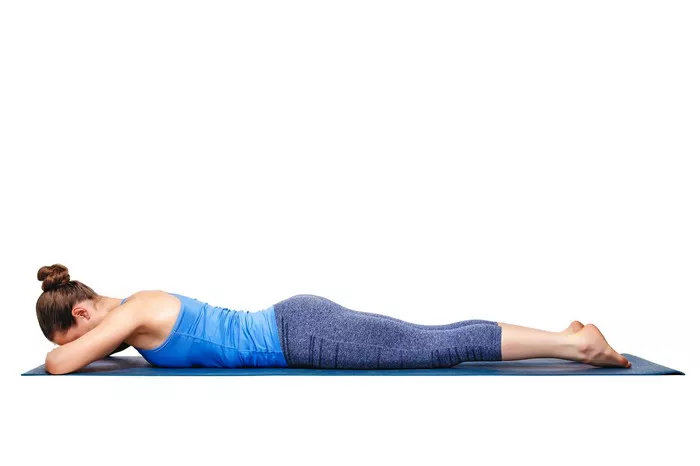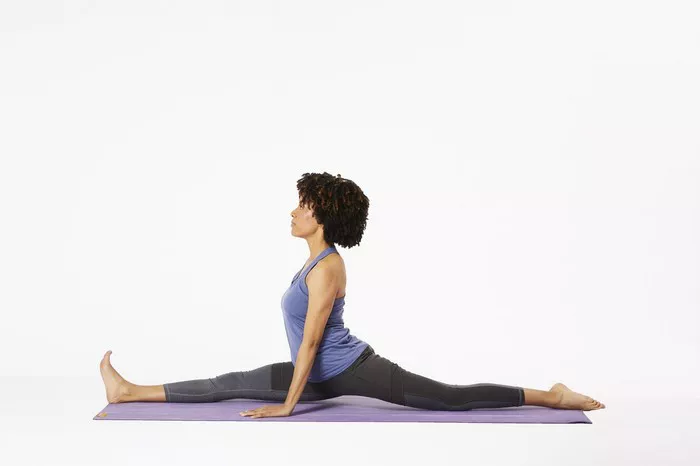Hot yoga has gained immense popularity in recent years, praised for its combination of physical challenge and detoxifying benefits. This unique practice involves performing yoga poses in a heated room, typically set between 90°F and 105°F (32°C to 40°C) with varying levels of humidity. While practicing hot yoga daily may sound appealing to enthusiasts eager to improve their health and fitness, it’s essential to understand the potential benefits, risks, and the science behind this intense regimen.
In this article, we’ll explore what happens to your body and mind if you commit to practicing hot yoga every day. We’ll break it down into potential benefits, risks, and how to optimize your routine to avoid common pitfalls.
What Is Hot Yoga?
Hot yoga is a form of yoga performed in a heated environment, designed to replicate the climate of India, the birthplace of traditional yoga. There are various styles of hot yoga, with Bikram Yoga being the most well-known. Bikram classes follow a set sequence of 26 poses and two breathing exercises performed over 90 minutes in a room heated to 105°F with 40% humidity.
Other styles, such as Vinyasa Flow or Power Yoga, also adapt to hot conditions but are less rigid in structure. The heat is thought to enhance flexibility, aid detoxification, and promote cardiovascular benefits by simulating a more intense workout.
Practicing hot yoga daily amplifies these effects—but it also requires a greater level of mindfulness about your body’s needs and limitations.
Potential Benefits of Doing Hot Yoga Every Day
Daily hot yoga can transform your body and mind, leading to noticeable changes over time. Here are the primary benefits you can expect:
1. Improved Flexibility
The heated environment allows your muscles to warm up faster, increasing elasticity and range of motion. Practicing daily can help you achieve deeper stretches and reduce muscle stiffness, which is especially beneficial if you have a sedentary lifestyle or suffer from chronic tightness.
2. Enhanced Strength and Stamina
Hot yoga isn’t just about stretching; it’s also a strength-building practice. Many poses, like Warrior II, Chair Pose, and Plank, engage major muscle groups. Practicing every day challenges your muscles consistently, leading to improved endurance and strength.
3. Detoxification
Sweating is one of the body’s natural ways of eliminating toxins. The high temperature in hot yoga promotes intense sweating, which may help flush out impurities through the skin. While detox claims should be taken with caution (your liver and kidneys handle most detoxification), many people report feeling rejuvenated after a hot yoga session.
4. Better Cardiovascular Health
Hot yoga increases your heart rate and mimics the effects of moderate cardio exercise. Practicing daily can improve circulation, enhance oxygen delivery to tissues, and contribute to better overall cardiovascular health.
5. Weight Management
A single hot yoga session can burn between 300 and 600 calories, depending on the intensity and duration. Combined with consistent practice, you may notice weight loss or improved body composition over time.
6. Improved Mental Clarity and Focus
The physical demands of hot yoga require you to stay present, fostering mindfulness. Regular practice can help reduce stress, improve mental clarity, and promote a sense of calm. Over time, you may notice enhanced focus and better coping mechanisms for everyday challenges.
7. Boosted Immune System
The combination of physical activity, sweating, and stress reduction can support your immune system. Additionally, the breathwork emphasized in yoga helps optimize lung function, which is crucial for overall health.
Risks of Practicing Hot Yoga Every Day
While the benefits of hot yoga are numerous, daily practice can pose risks, especially if precautions are not taken.
1. Dehydration
Sweating excessively in a heated environment increases your risk of dehydration. Without adequate water intake, daily hot yoga could lead to symptoms such as dizziness, fatigue, and reduced performance.
2. Overexertion
The heat can mask your body’s signals of fatigue, leading you to push beyond safe limits. This can result in muscle strains, joint injuries, or burnout over time.
3. Electrolyte Imbalance
Sweating not only causes fluid loss but also depletes essential electrolytes such as sodium, potassium, and magnesium. Practicing hot yoga daily without replenishing these nutrients could lead to muscle cramps, weakness, or even more serious complications like heat exhaustion.
4. Skin Issues
Constant sweating and exposure to heat may irritate your skin or exacerbate conditions like acne or rashes. Ensuring proper hygiene and skincare is crucial to avoid breakouts or irritation.
5. Stress on the Heart
While hot yoga offers cardiovascular benefits, the combination of heat and exercise can strain the heart, particularly for individuals with preexisting conditions or those new to intense physical activity.
6. Mental Fatigue
Practicing hot yoga daily requires discipline and motivation. However, it’s essential to listen to your body and avoid feeling obligated to attend every session. Overcommitment can lead to mental fatigue or a loss of enthusiasm for the practice.
How to Safely Practice Hot Yoga Daily
To enjoy the benefits of daily hot yoga while minimizing risks, follow these guidelines:
1. Stay Hydrated
Drink plenty of water throughout the day, not just during your yoga session. Consider adding electrolyte-rich drinks or supplements to replenish lost minerals.
2. Listen to Your Body
Pay attention to how you feel during and after each session. If you experience persistent fatigue, dizziness, or pain, take a rest day or consult a healthcare professional.
3. Fuel Your Body Properly
A balanced diet rich in whole foods will provide the energy and nutrients needed for daily hot yoga. Focus on lean proteins, healthy fats, complex carbohydrates, and hydrating foods like fruits and vegetables.
4. Adopt Proper Technique
Ensure you’re performing poses correctly to avoid injury. If you’re new to hot yoga, consider taking beginner-friendly classes or seeking guidance from an experienced instructor.
5. Pace Yourself
Not all days need to be high-intensity. Alternate between rigorous sessions and gentler practices to allow your body to recover.
6. Practice Good Hygiene
Bring a clean mat and towel to each session, and wash them regularly to prevent bacterial growth. Shower promptly after class to remove sweat and avoid skin irritation.
7. Prioritize Rest and Recovery
Incorporate relaxation techniques such as Yoga Nidra, meditation, or restorative yoga to complement your hot yoga practice. These can help balance the intense physical demands.
What to Expect Over Time
In the First Month
Physical Changes: You’ll notice improved flexibility, stamina, and sweating as your body adapts to the heat.
Mental Changes: Enhanced focus and a sense of accomplishment may emerge as you stick to your routine.
After 3–6 Months
Increased Strength and Tone: Regular practice will lead to visible muscle definition and improved posture.
Better Emotional Balance: Many practitioners report reduced stress levels and improved mood.
Long-Term
Holistic Wellness: Daily hot yoga can contribute to lasting physical, mental, and emotional health, provided you maintain a balanced approach.
Risk Awareness: Over time, you’ll develop a better understanding of your body’s limits and learn how to navigate challenges like dehydration or overexertion.
Who Should Avoid Daily Hot Yoga?
Daily hot yoga may not be suitable for everyone. Consult with a doctor if you:
- Are pregnant or breastfeeding.
- Have heart disease or high blood pressure.
- Suffer from heat intolerance or a history of heat-related illness.
- Have preexisting joint or muscle conditions aggravated by intense physical activity.
Conclusion
Practicing hot yoga every day can yield transformative results, improving flexibility, strength, cardiovascular health, and mental clarity. However, this intense regimen comes with potential risks, including dehydration, overexertion, and electrolyte imbalance. By adopting mindful practices—staying hydrated, pacing yourself, and focusing on recovery—you can safely enjoy the benefits of daily hot yoga.
Whether you’re a seasoned yogi or a curious beginner, remember that consistency, moderation, and self-awareness are key to a sustainable and rewarding practice.
Related Topics:























